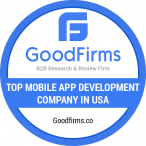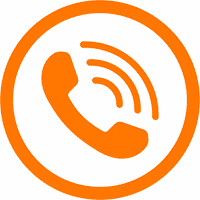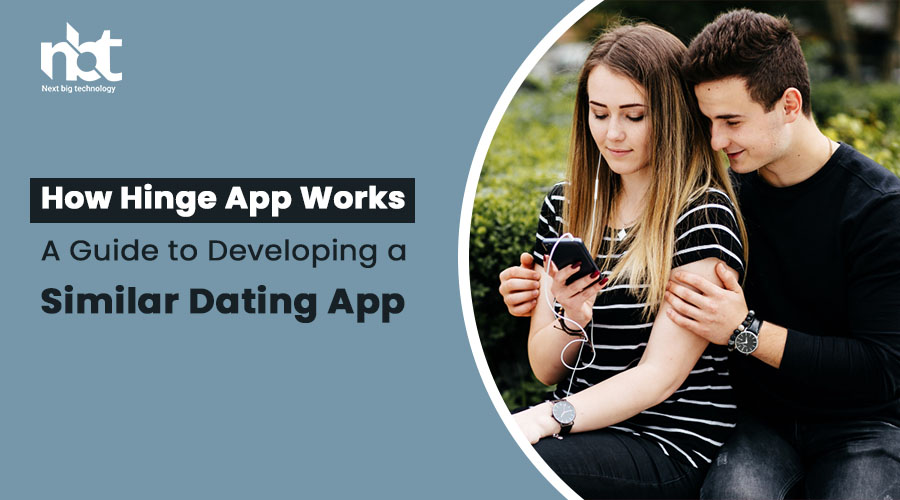Introduction:
In today’s digital age, dating apps have revolutionized the way people meet and form connections. One such app that has gained significant popularity is Hinge. If you’re considering developing a dating app similar to Hinge, this comprehensive guide will provide you with valuable insights into how Hinge works, its key features, and the steps involved in developing a similar app. From understanding the core functionalities of Hinge to exploring the technology stack and design considerations, let’s dive into the world of dating app development.
I. Understanding How Hinge Works:
- Overview of Hinge:
- Hinge is a dating app that aims to create meaningful connections by focusing on users’ interests and shared experiences.
- Key Features of Hinge:
- User Profiles: Users create detailed profiles with photos, prompts, and personal information to showcase their personality and interests.
- Relationship Preferences: Hinge allows users to define their relationship preferences, such as seeking a long-term relationship or casual dating.
- Likes and Comments: Users can like specific photos or prompts on other users’ profiles and leave comments to start conversations.
- Discover Matches: Hinge presents potential matches based on users’ preferences, interests, and proximity.
- Mutual Connections: Hinge highlights mutual friends or connections between users to foster more genuine and trusted connections.
- Prompts and Questions: Hinge prompts users to answer questions and share interesting information about themselves, providing conversation starters.
- We Met: After going on a date with a match, users have the option to provide feedback on the success of the date, which helps refine future match suggestions.
- Video Chat: Hinge introduced video chat functionality, allowing users to have virtual dates within the app.
- Premium Features: Hinge offers a premium subscription that unlocks additional features, such as unlimited likes, advanced filters, and the ability to see who likes your profile.
II. Developing a Similar App to Hinge:
- Define Your App’s Objectives:
- Determine the primary goals and target audience for your dating app. Identify the unique features or value propositions that will differentiate your app from Hinge.
- Market Research and Analysis:
- Conduct market research to understand user preferences, demographics, and the competitive landscape. Identify opportunities to improve upon existing dating apps and cater to specific user needs.
- Technology Stack:
- Select the appropriate technology stack for your app, including front-end and back-end development frameworks, programming languages, and database systems. Consider scalability and real-time functionality requirements.
- User Experience (UX) Design:
- Create wireframes and design mockups to define the user flow, information architecture, and visual design of your app. Focus on intuitive navigation, visually appealing profiles, and smooth communication features.
- Front-End Development:
- Develop the front-end of your app using the chosen technology stack. Implement features such as user registration, profile creation, swiping functionality, chat interfaces, and prompts/questions.
- Back-End Development:
- Set up the server-side infrastructure and APIs required to handle user authentication, matching algorithms, chat functionality, and database management.
- Matching Algorithms:
- Develop intelligent matching algorithms that consider user preferences, interests, and mutual connections to provide accurate and relevant match suggestions.
- Real-Time Communication:
- Implement real-time chat functionality, enabling seamless and instant communication between matched users. Consider integrating video chat features for virtual dates.
- Security and Privacy:
- Implement measures to ensure user data protection, secure authentication, and privacy controls. Incorporate options for reporting and blocking inappropriate users.
- Testing and Quality Assurance:
- Conduct rigorous testing to ensure the app’s functionality, usability, and security. Test different scenarios, including profile creation, matching, messaging, and user feedback.
- Deployment and Launch:
- Deploy your app to the respective app stores (App Store and Google Play Store) or make it available for web-based access. Develop a marketing strategy to attract users looking for meaningful connections.
III. Conclusion:
Developing a dating app like Hinge requires careful planning, user-centric design, and attention to security and privacy. By following the steps outlined in this guide and leveraging the appropriate technology stack, you can create a platform that facilitates meaningful connections and offers a unique user experience. Remember to prioritize user safety, authentic interactions, intuitive design, and an engaging profile customization. Embrace the opportunity to develop an app like Hinge and provide users with a platform to build genuine relationships based on shared interests and experiences.









